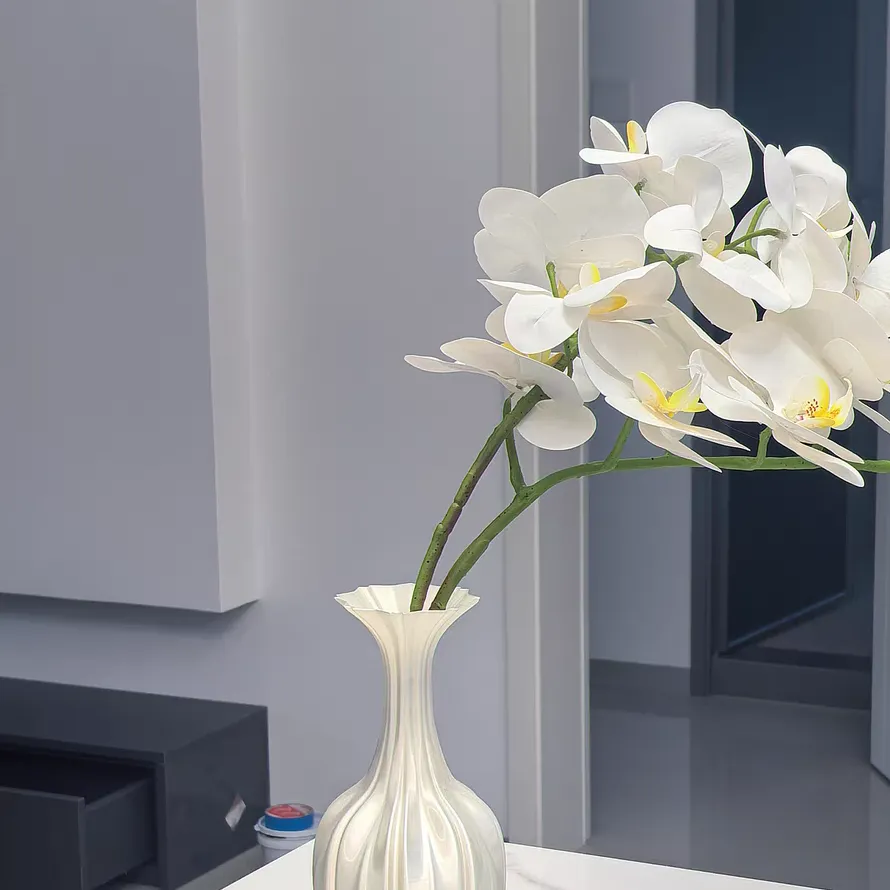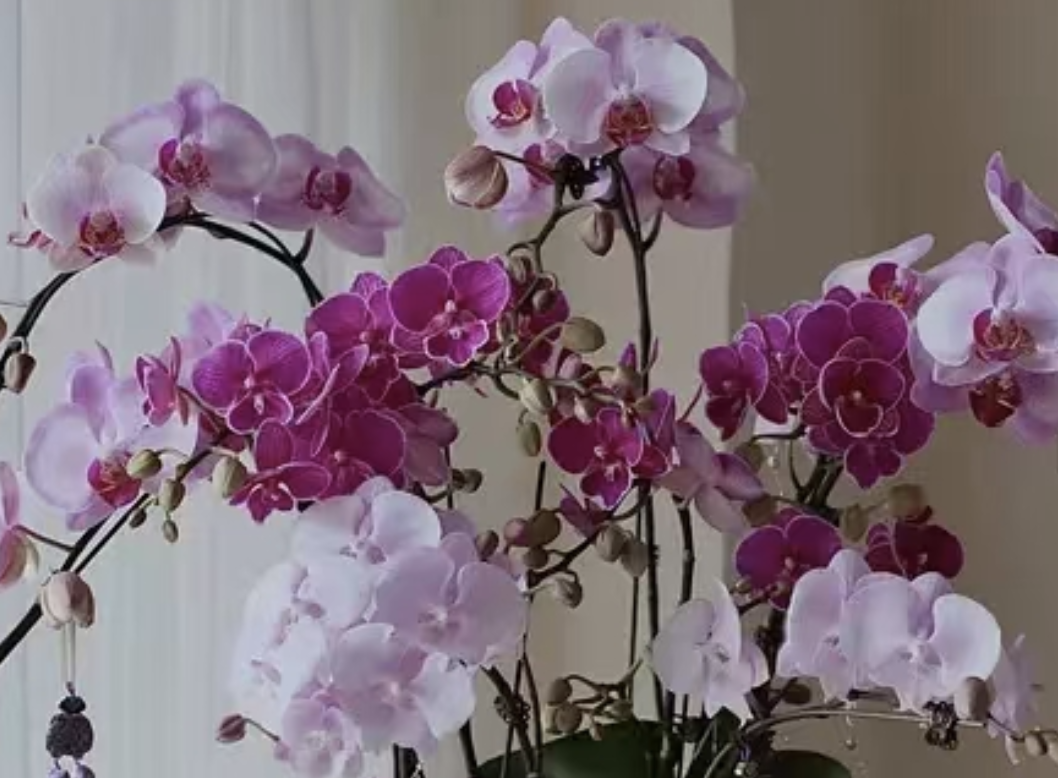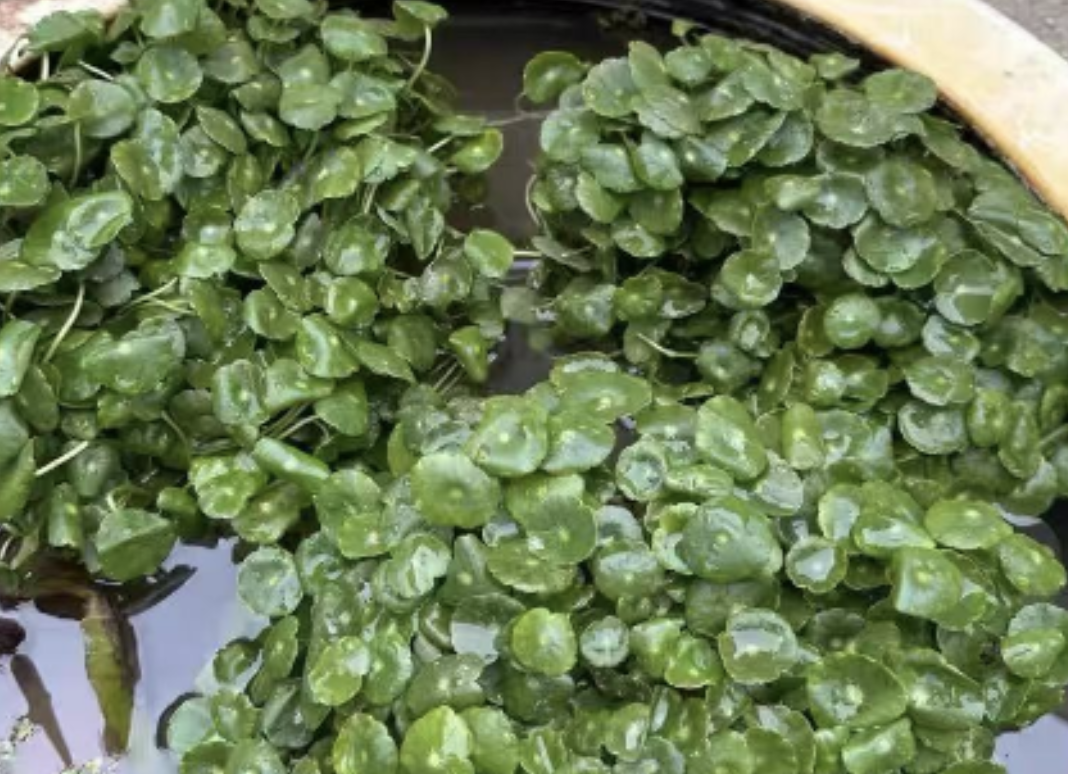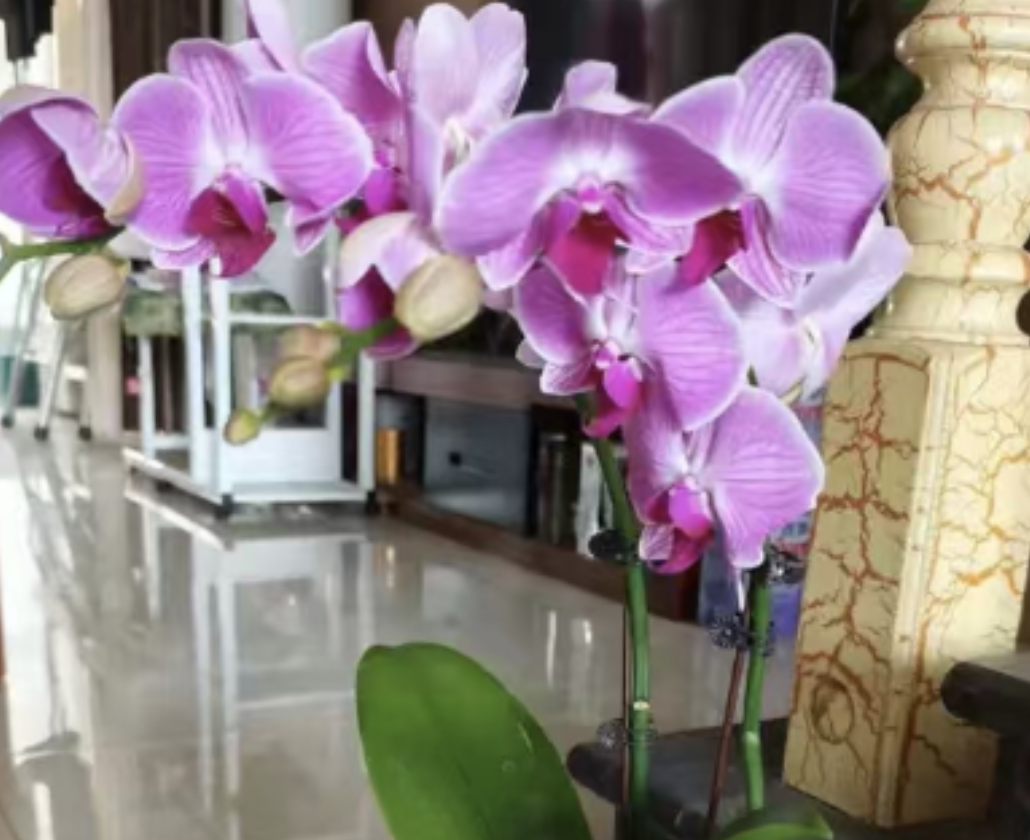Sunburn on leaves is a common issue in Phalaenopsis care. If not handled properly, it can affect the plant's health and ornamental value. Here are several solutions to address this problem:
### 1. Emergency Relocation
Once signs of sunburn appear on Phalaenopsis leaves—such as yellow spots, whitening, or dryness on the leaf surface—immediately move the plant to a cool, well-ventilated area. Intense light will continue to worsen the damage, while a shaded environment effectively reduces the plant's metabolic burden, creating favorable conditions for subsequent recovery.
### 2. Proper Pruning
Use clean, sharp, and disinfected scissors to trim severely sunburned leaves. Focus on removing yellowed, withered, or blackened leaves that have no chance of recovery. Carefully cut from the base of the leaves to avoid damaging healthy tissues. Pruning not only reduces the ineffective consumption of nutrients by the plant but also prevents damaged leaves from becoming a breeding ground for pathogens, lowering the risk of infection.
### 3. Moderate Sprinkling
Spray a small amount of clean water on the leaves using a spray bottle, preferably in the early morning or evening when temperatures are lower. Sprinkling helps reduce leaf surface temperature and alleviates the adverse effects of sunburn. However, control the amount and frequency of spraying to avoid water droplets lingering on the leaves for too long. Prolonged water accumulation can lead to diseases like black rot; if there is standing water after spraying, gently blot it dry with a clean paper towel.
### 4. Humidity Regulation
Phalaenopsis thrives in a high-humidity environment, so creating appropriate humidity conditions is particularly important after sunburn. Increase air humidity by spraying water into the air around the plant with a sprayer or placing a basin of water nearby to utilize evaporation. Note that during humidity adjustment, prevent water from accumulating in the leaf center and maintain good ventilation to keep the plant healthy.
### 5. Light Adjustment
Place the Phalaenopsis in a location with sufficient scattered light, avoiding direct sunlight. If indoor light is too strong, use tools like sunshades or curtains to adjust light intensity, ensuring the plant receives gentle, appropriate light. Proper lighting conditions meet the plant's photosynthesis needs while preventing re-sunburn and promoting recovery.
### 6. Precise Fertilization
Once the Phalaenopsis enters the recovery stage and new roots or shoots emerge, you can apply a moderate amount of fertilizer. Choose diluted orchid-specific liquid fertilizer, strictly control the dosage and frequency according to product instructions, and follow the principle of "dilute fertilizer applied frequently." Excessive fertilization can easily cause root burn, leading to secondary damage to the recovering plant, so operate with caution.
### 7. Waiting for Recovery
Phalaenopsis needs time to recover, and the recovery period varies depending on the severity of sunburn. For mild sunburn, the plant usually recovers within a few weeks; for moderate sunburn, it may take 1–2 months; for severe sunburn, recovery can take as long as 3–6 months. During the recovery period, keep the plant's growing environment stable, avoid frequent movement, and give it sufficient time to repair damage and regain vitality.
In summary, by mastering the above methods, even if Phalaenopsis suffers from sunburn, you can help it recover to health through proper handling.
Can sunburned Phalaenopsis leaves recover?

Share with
Tagged in :




Leave a Reply